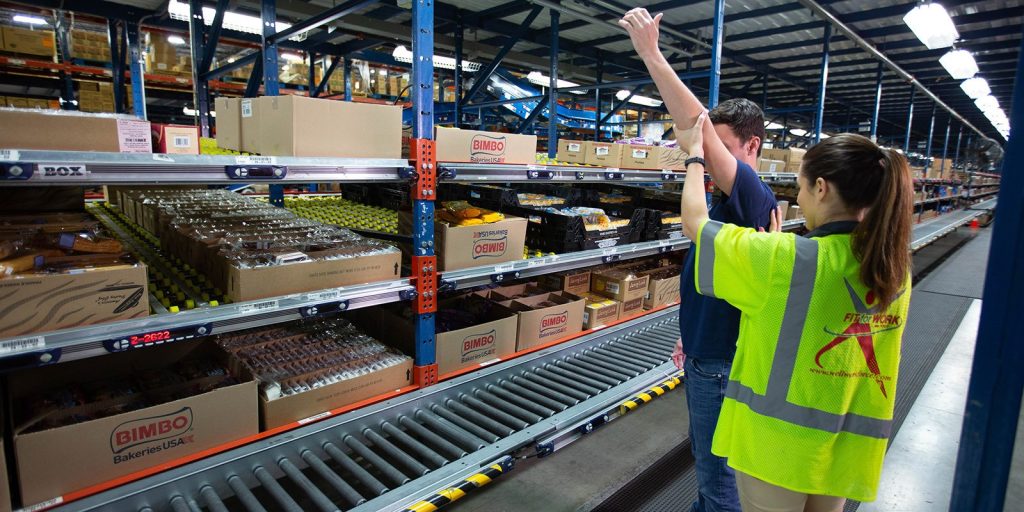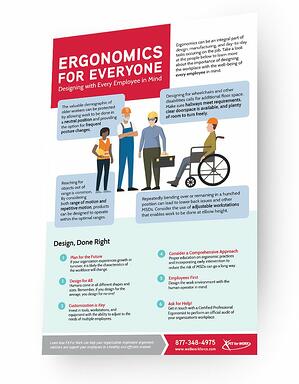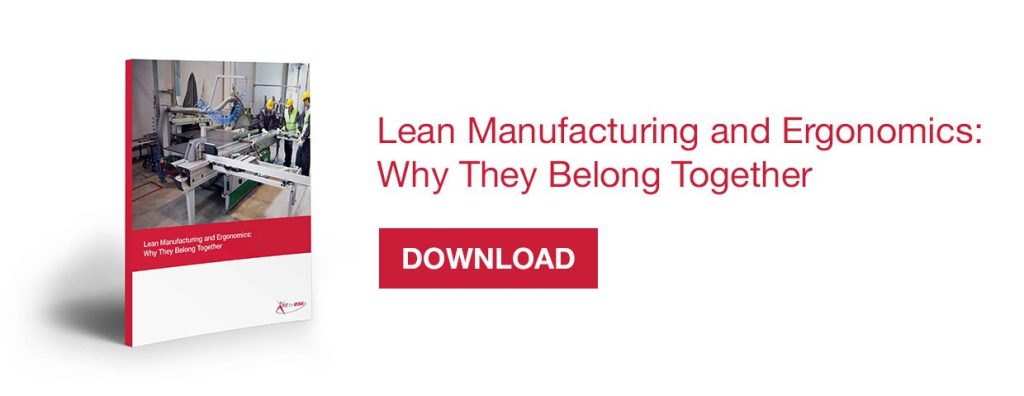Onsite Early Intervention (EI) is an incredibly valuable tool when it comes to preventing workplace injuries, doing so by interacting closely with workers in their roles, pinpointing any potential risks, and taking steps to mitigate them before an injury occurs.
While Early Intervention excels in achieving increased safety on a personalized level, perhaps its most significant benefit is in its ability to take a singular, one-on-one interaction and to scale it across an entire role or organization.
Here’s an example of how the systematic scaling power of onsite Early Intervention can turn a routine interaction into the teamwide prevention of injuries.
Background: Preparing for an employee’s safe return
In our example, let’s say an employee who was previously injured is preparing to return to work at a manufacturing facility. At the outset of the process, the employer’s human resources department is working with a Fit For Work onsite provider to help facilitate a safe and successful return for the employee.
Together with Fit For Work’s Ergonomics department, the onsite provider performs a Physical Demands Analysis and an Ergonomic Risk Assessment to ensure:
- All physical demands of the job are known
- The employee’s capabilities match the job requirements
- All opportunities for improved safety and productivity are identified
Challenge: Issues with current processes
In conducting the Physical Demands Analysis and the Ergonomic Risk Assessment, it’s discovered that a particular process integral to the manufacturing line is causing a number of issues, including:
- Multiple employee complaints due to increased physical demands
- Decreased productivity
- Product defects
Solution: Embedded expertise
Once the opportunity for improvement was identified, the provider knew a tool or engineering change would be required. Before delivering recommendations to the client, the provider wanted to leverage the collective power of the experiences and knowledge of over 100 Ergonomic Specialists, as well as a team of Certified Professional Ergonomists.
Knowing she could do this efficiently and quickly, she submitted the issue on Fit For Work’s internal Ergonomic Review Platform. Within hours, more than a dozen professionals had provided a specific and practical solution that had been successful in similar situations: a simple and inexpensive Dremel tool that the client then orders the same day – for the site in question and for several others throughout the country.
Thus the employee returning benefitted immediately from the collective and expansive expertise of Fit For Work, as did the entire enterprise and numerous other employees.
This is just one scenario in which Fit For Work’s one-of-a-kind Pillars of Support structure provides unmatched service and expertise across a team of dedicated professionals to immediately impact the initial employee and many others, in addition to helping streamline and optimize the production process.
Scaling the solution to the whole organization
As a result of the Ergonomic Risk Assessment, a new best practice for work behaviors was established to address issues that could not simply be engineered out.
To ensure teamwide adoption and understanding of the new best practices, the onsite provider delivers small group training to the entire department, doing so in incremental sessions in order to effectively infuse the new expectations at scale.
Compounding the EI impact
During these sessions, several other non-work-related issues (that had been starting to interfere with work processes) are identified and mitigated, as well. These include issues with a previous injury from a snowmobile accident, limitations in motion stemming from total shoulder replacement, and other aches and pains. Relationships are solidified to help address any pre-injury soreness, serving to avoid several potential work-related aggravations and subsequent recordables and claims down the road.
This entire process helped develop a proactive culture for the organization, as Fit For Work is constantly delivering this training to new hires and existing employees alike. Additionally, these concepts are then easily reinforced thousands of times per year on a 1:1 basis through the on-floor interactions via Early Intervention. And while some of the interactions that occur are in response to sorenesses, 75% of them do not have a soreness associated with them at all due to the effectiveness enjoyed in proactively preventing soreness instead of reacting.
This is just one example of how onsite Early Intervention from Fit For Work can turn one employee with a soreness into a proactive and systematic method of preventing many of injuries per year – before they even have the chance to occur.
See what’s possible with Early Intervention from Fit For Work
When you consider the fact that Fit For Work is an Early Intervention platform that blends in Predictive Analytics, Pain Science, and professional Ergonomic support , it’s easy to see how we are able to deliver so effectively and consistently for our clients. Through the use of Early Intervention, we seek to help employers proactively get ahead of workplace injuries and to mitigate their root causes to prevent them from occurring in the first place.
We focus on the three leading indicators to injury – early soreness, ergonomics, and behaviors – to deliver a strategy that is constantly shifting your environment in the direction of proactive prevention.
Contact Fit For Work today to address these concerns within your organization and to implement a safety program designed to help you and your employees succeed.





